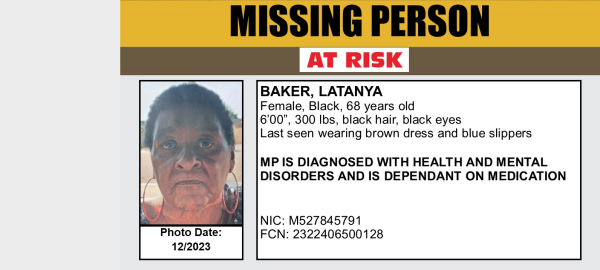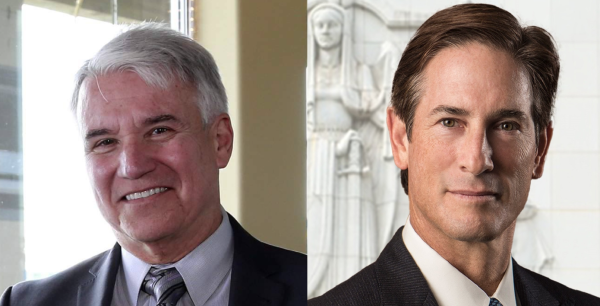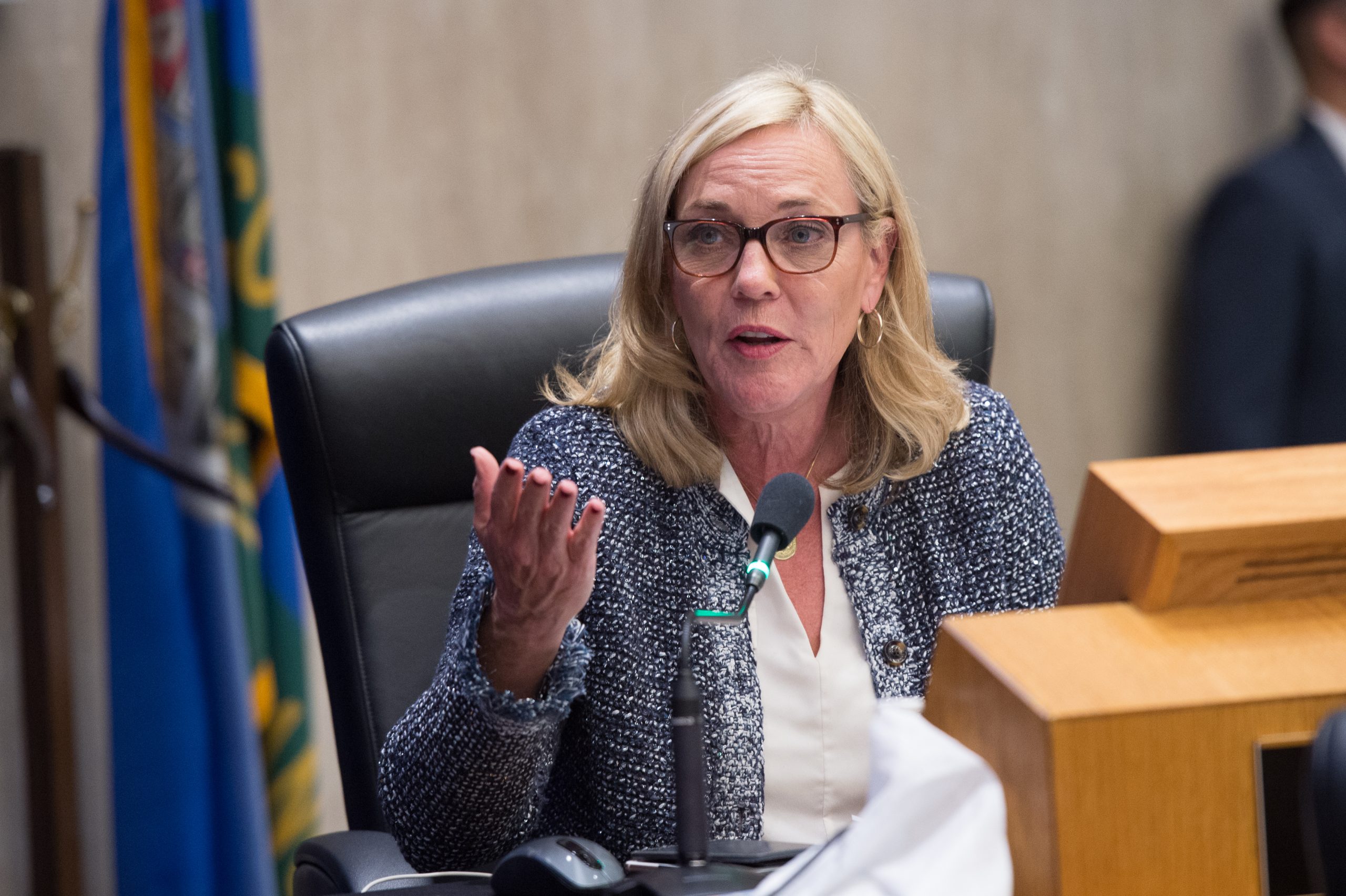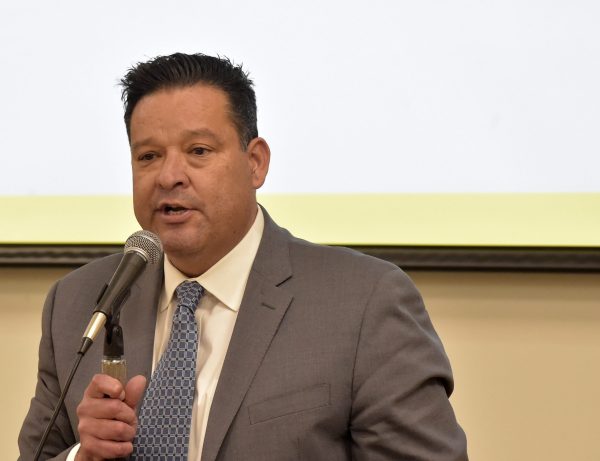The streets of Los Angeles might soon see significant safety improvements with Measure HLA, an initiative dedicated to reconfiguring the cityscape, receiving resounding early support from voters.
According to the initial tally, Measure HLA, which targets updates to the city’s existing Mobility Plan, garnered over 60% “yes” votes in Tuesday’s election.
If enacted, the initiative will direct officials to regard the current plan as a mandatory framework for city improvements rather than mere suggestions. The plan’s core elements involves wider sidewalks and the dedication of lanes specifically for bicycles and buses as part of any street upgrades spanning at least an eighth of a mile.
The Los Angeles County Registrar-Recorder/County Clerk anticipates that the complete election results will be certified by March 29, following daily updates over the next two weeks.
Proponents of HLA, like Streets for All CEO Michael Schneider, praise the initiative for enforcing accountability among city officials. Supporters note that in 2023, deadly crashes have exceeded homicides in the city, according to the Los Angeles Police Department.
“There are hundreds of miles of bus-only lanes,” Schneider said. “There’s over 500 miles of a neighborhood enhancement network which would reduce cut-through traffic on residential streets.”
HLA critics like Freddy Escobar, president of Local 112 representing LA firefighters, fear that the modifications proposed could slow down emergency response times by creating additional traffic.
Escobar points to practical examples where similar interventions have purportedly escalated response times by 50%, citing the impact on Fire Station 11 where a bike lane has been implicated in delaying crews.
City administrative officer Matthew Szabo has outlined the financial implications of the initiative, projecting that the cost to the city will surpass $2.5 billion across a decade.
The stakes of this investment are underscored by both advocates and opponents alike, with proponents insisting that it serves as a fixed commitment to improving safety on streets long neglected under the Mobility Plan, while opponents warn of its unintended potential to hinder critical emergency services and create traffic delays.
As reported by CBS Los Angeles/KCAL News







